|
|
|||
|
(Back to Preceding Week; on to Next Week) |
|
Week One is full and Week Three has only |
|
EXPLORING THE GOLDENROD PATCH Web site visitors who have followed our Hilton Pond adventures for a while know our undying admiration for Goldenrod, and how each autumn we feel moved to devote a photo essay to this marvelous native plant that--despite common misconeception--does NOT cause hay fever. (Such ignominy belongs to Common Ragweed, Ambrosia artemisifolia, whose inconspicuous green blossoms yield clouds of dry, wind borne pollen that enters our eyes and ears come September and October.) So, as summer wanes and fall is in the air, we grab camera and tripod and wade into a chest-high patch of Goldenrod (Solidago spp.) growing within a small meadow at Hilton Pond Center. This year--under the requisite crystal-clear blue sky, surrounded by buzzing from countless winged insects, and enchanted by a field of intense yellow--we peered through our macro lens and attempted to capture images of some of the many creatures that appear to share our fixation for fabulous fall Goldenrod.
All text & photos © Hilton Pond Center Each autumn as we enter the Goldenrod patch we're never quite sure what we'll find. "Old friend species" are always there, of course, including European Honey bees so intent on gathering nectar and pollen they'd never think of stinging. Some years there's a Carolina Mantid just waiting on some hapless insect to come within reach of its prayerful but wickedly spined front legs, and once we spotted a red-necked Carolina Anole male basking atop the tallest Goldenrod in the meadow. Aside from all the winged insects, this year the first creature we spotted was actually a tiny spider scarcely a quarter-inch long, peering out at us with all eight of its shiny black eyes (above). This, too, was something we'd seen before among our Goldenrods--a fuzzy bundle of energy known as a Jumping Spider. These hyperkinetic eight-leggers are aptly named; get too close with a camera lens and they bound from one Goldenrod to the next. The one we found was less explosive in its movements. When we zoomed in to click the shutter it simply ducked behind the nearest leaf and peeked out with one or two or three or more of those beady eyes, rapidly flicking its anterior pedipalps as we stared back. As the spider watched us watch it, a small ant crawled past (foreground, above)--an unrelated and much smaller arthropod we doubt the Jumping Spider would bother to eat.
While we photographed the Jumping Spider, another leaping creature popped onto a nearby Goldenrod flower cluster (above). This one--much larger than the spider at about an inch-an-a-half in length--had hind legs as long as its body. Most folks probably would call it a locust, but more accurately it was one of the Short-horned Grasshoppers. Members of the family (Acrididae) get their common name from their relatively short antennae. This particular individual was a nymph, an immature--so indicated because its wings were still very short and undeveloped; in adults wing pairs typically extend to or past the tip of the abdomen. Although nicely camouflaged in most habitats--even its eyes were cryptically colored--our newly arrived grasshopper stood out like a sore thumb against the bright yellow of the Goldenrod head. We're not sure about the species on this particular individual; many grasshoppers are identifiable only by macroscopic examination of the male's reproductive structures.
Our next encounter was with an animal that flew in rather than jumping. This time it was a three-eighths-inch-long insect with bulging, red, compound eyes. Unlike most insects it had just two wings, not four--a sure sign it was one of the dipterans, a fly. This fly superficially resembled the more-familiar House Fly, but had wings in more of a delta shape and bore a tuft of very large bristles on its abdomen (above). We're not sure of the fly's identification or whether it was just a passer-by in our Goldenrod plot; it seemed to be simply sunning on the yellow flowers rather than partaking of either nectar or pollen. Nonetheless, many flies are important pollinators and in some cases have obligate relationships with flowers that can be pollinated only by certain species of fly. (NOTE: Retired entomologist Ed Saugstad of Sinks Grove WV suggests the red-eyed fly may be a member of the Tachinidae, a family of flies that are parasitoids of other arthropods during the fly's larval stage.)
All text & photos © Hilton Pond Center On the next plant over we found another spider that surely would have made short work of its dipteran neighbor. Unlike Jumping Spiders--a spider group that wanders--this new arachnid had spun a stationary web a foot wide between two Goldenrod stalks. When we looked closely at the web we could see its top strand was parallel to the ground, that a second long strand went down at a 45-degree angle to the top one, and that a third main strand connected the other two; these made almost a right-angle triangle that enclosed a silk spiral. Such a web configuration indicated our newest spider acquaintance was one of the Orb Weavers (above). Its family, the Araneidae, includes industrious spiders that spin what may be the biggest and finest webs of any arachnid. As is typical of orb-weavers, this brown-bodied spider had a large, almost spherical abdomen and hung head-down--in this case just under a Goldenrod flower head. When we tapped on its web the spider rushed out; realizing no prey had been snared, it just as quickly retuned to its hiding place. By the way, the spider photo above also includes two insects. Can you find them?
Just as we finished photographing the unidentified fly, two considerably larger four-winged insects fluttered into view. The first one landed on a Goldenrod, assuming a position in which its hind wings were horizontal and its front wings vertical--a typical posture in small butterflies known as "grass-skippers." We recognized this particular 1.5-inch insect as a male Zabulon Skipper (above and below), a species we've seen many times during our 26 years at Hilton Pond Center.
It was pretty apparent why the Zabulon Skipper, Poanes zabulon, was visiting the Goldenrod stand. Every time it flitted from one flower head to another, it unrolled its incredibly long, dark proboscis (above) and probed one floret after another for a sip of whatever nectar these fall blossoms still had to offer.
The second butterfly we saw also used its specialized mouthparts to drink nectar from Goldenrod florets (above). It, too, was a familiar species--even though this individual was so faded and bedraggled it was a mere shadow of its former glory. The hind wings were so heavily tattered it was hard to understand how this butterfly could still flutter by. This was a Red-banded Hairstreak, Calycopis cecrops, a small, inch-long butterfly whose wings had lost most of their scales. Hairstreaks take their name from tiny hairlike projections on the trailing edge of the hind wings in most species; these structures were completely gone in our local specimen, exposing the tip of the butterfly's abdomen.
Another insect we usually find in the Hilton Pond Goldenrod patch was present this year, but not in the big numbers we usually observe. We speak here of the brilliantly colored Seven-spot Ladybird Beetle, Coccinella septempunctata, so named because of three distinct spots on each forewing and a central fused one at the anterior end of the elytra. This "ladybug," sometimes known simply as "C-7," has been widely introduced from Europe into North America to control aphids. Here it out competes several native ladybirds and may be considered an invasive species--even though it is the "Official Insect" of six U.S. states. The ladybird beetle in the photo above lived up to its reputation and attacked a couple of aphids while we watched, unfortunately keeping them under its head and out of the camera's eye.
Our final photographic subject in the Hilton Pond Goldenrod meadow was a spider so large and distinctly marked it was instantly recognizable: Black and Yellow Argiope, Argiope aurantia. This big arthropod has a one-linch-long body and legs that extend its overall length to almost three inches. The species is sometimes called a "writing spider" because its stabilimentum--a dense area of white silk near the center of the web--sometimes resembles characters of the alphabet; this phenomenon is illustrated above along the lower edge of the photograph. Also visible is a "mummy," some hapless insect the spider captured, paralyzed, and encased in silk to make it easier to digest and suck out its innards. As she dined, the big argiope was oblivious to our camera--even with all her shiny spider eyes seemingly staring up at us.
But wait, the big female writing spider WASN'T our last encounter in the Goldenrod patch after all. When we finished photographing her from the east side of her web, we decided to go around to the west side for a different perspective. Lo and behold, we were surprised to find ANOTHER spider perched head-down, and this one was considerably smaller and looked very different. We had our suspicions about what we had found but didn't want to jump to conclusions in the field, so we snapped several more exposures before packing up our photo equipment for the day. Upon our return to the old farmhouse at Hilton Pond Center, we went to our reference library and looked up Argiope aurantia. There we learned our earlier conjecture was correct--the second spider was the MALE counterpart to the brightly colored female on the other side of the web. We e-mailed the photo to Samford University's Dr. Mike Howell, coauthor of Spiders of the Eastern United States: A Photographic Guide, who confirmed we had found a seldom-seen MALE Black and Yellow Argiope. Because the male spider was perfectly positioned just opposite the female, Mike speculated they were about to mate and wondered if they might not do so through the stabilimentum. So long as we take time to look, each autumn the Goldenrod patch at Hilton Pond Center is guaranteed to reveal such wonders as those we've described above. In 2008--as always--we found something new and fascinating, including the male writing spider. By now, alas, our Goldenrod flowers are in decline and it might be too late for you to find similar spiders or beetles or butterflies among blossoms in your own neighborhood. We hope you'll put a note on your 2009 calendar to explore a nearby Goldenrod patch when next autumn rolls around. We guarantee you won't be disappointed.
All text & photos © Hilton Pond Center
Comments or questions about this week's installment?
Thanks to the following fine folks for recent gifts in support of Hilton Pond Center for Piedmont Natural History and/or Operation RubyThroat: The Hummingbird Project. Your tax-deductible contributions allow us to continue writing, photographing, and sharing "This Week at Hilton Pond." (Please see Support if you'd like to make a gift of your own.)
"This Week at Hilton Pond" is written & photographed You may wish to consult our Index of all nature topics covered since February 2000. You can also use our on-line Hilton Pond Search Engine at the bottom of this page. For a free, non-fattening, on-line subscription to |
|
Make direct donations on-line via
Network for Good: |
|
|
Use your PayPal account
to make direct donations: |
|
|
If you like to shop on-line, you please become a member of iGive, through which more than 700 on-line stores from Barnes & Noble to Lands' End will donate a percentage of your purchase price in support of Hilton Pond Center and Operation RubyThroat. For every new member who signs up and makes an on-line purchase iGive will donate an ADDITIONAL $5 to the Center. Please sign up by going to the iGive Web site; more than 200 members have signed up to help. It's a painless, important way for YOU to support our work in conservation, education, and research. |
|
| The highly coveted Operation RubyThroat T-shirt (four-color silk-screened) is made of top-quality 100% white cotton. It highlights the Operation RubyThroat logo on the front and the project's Web address (www.rubythroat.org) across the back.
Now you can wear this unique shirt AND help support Operation RubyThroat: The Hummingbird Project and Hilton Pond Center. Be sure to let us know your mailing address and adult shirt size: Small (suitable for children), Medium, Large, X-Large, or XX-Large. These quality shirts don't shrink! Price ($21.50) includes U.S. shipping. A major gift of $1,000 gets you two Special Edition T-shirts with "Major Donor" on the sleeve. |
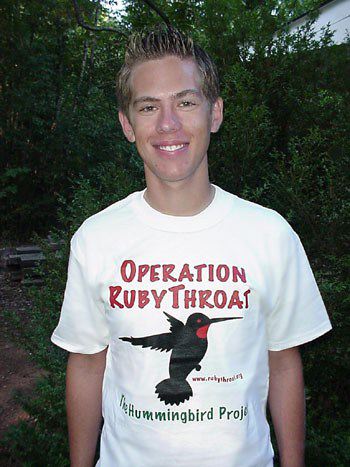
Need a Special Gift for a Want to make a If so, why not use our new handy-dandy on-line Google Checkout below to place your secure credit card order or become a Major Donor today? |
|
|
|
|
SPECIES BANDED THIS WEEK: * = New species for 2008 WEEKLY BANDING TOTAL 25 species 59 individuals YEARLY BANDING TOTAL (2008) 64 species 1,625 individuals 230 Ruby-throated Hummingbirds 27-YEAR BANDING GRAND TOTAL (since 28 June 1982) 124 species 51,792 individuals
|
OTHER NATURE NOTES OF INTEREST --Two of this week's captures were among our rarest migrants around Hilton Pond. These included a Winter Wren (only our 11th banded locally in 26 years), and our 12th Bay-breasted Warbler. On the other hand, we banded our 2,046th Yellow-rumped Warbler--the sixth most common species at the Center. --We suspect we've seen the last of this year's Ruby-throated Hummingbirds here in York SC, but we're nonetheless pleased to report we ended up banding 230 in 2008--four more than our previous all-time record. As mentioned in previous installments, spring and early summer RTHU banding was our slowest ever at Hilton Pond Center, so we're still incredulous we broke the record this year. (We'll be doing a final write-up on the 2008 hummer banding season in a few weeks after we're certain all our RTHU have departed for the tropics. --Meanwhile, we're keeping a few sugar water feeders fresh on the outside chance we'll get a winter vagrant hummingbird here at Hilton Pond. (We HAVE hosted two Rufous Hummingbirds in recent years.) If you live in the eastern U.S. north of the Gulf Coast states and still have hummingbirds after mid-October, please send an e-mail right away to RESEARCH. We'll do our best to find someone to verify its species for you. All text & photos © Hilton Pond Center
|
|
PERSONAL NOTE
Our dear and lifelong friend, Haywood Daniel McCallum Jr., was shot several times and wounded severely by robbers outside his home in Richmond VA on the evening of 11 October 2008. We have known kind-hearted Woody, a gifted and widely admired music teacher retired from Richmond schools, for almost 40 years--ever since 1969 when we were on "staph" and he was a delegate to West Virginia's prestigious National Youth Science Camp. Police have made no arrests and Woody is still battling for his life at Virginia Commonwealth University medical center. If you know Woody--and even if you don't--please take a moment to send healing vibes his way in the hope his recovery will be swift and complete. (Photo above from the staph section of the 1976 NYSC yearbook.) |
|
|
|
|
(Back to Preceding Week; on to Next Week) Up to Top of Page Back to This Week at Hilton Pond Center Current Weather Conditions at Hilton Pond Center |
 You can also post questions for The Piedmont Naturalist |
Join the |
Search Engine for |
|
|
Indiana Jones DVD

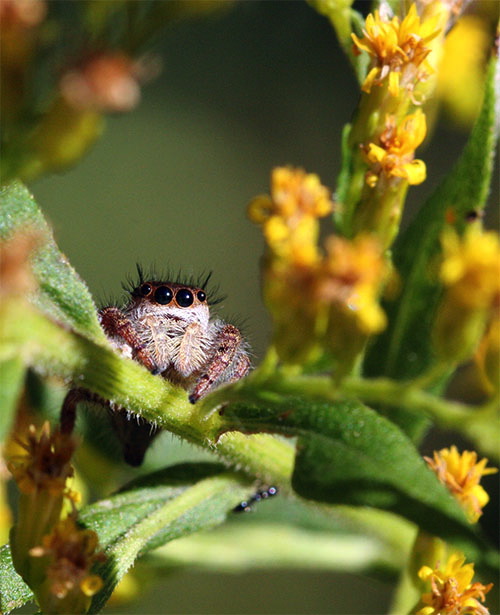
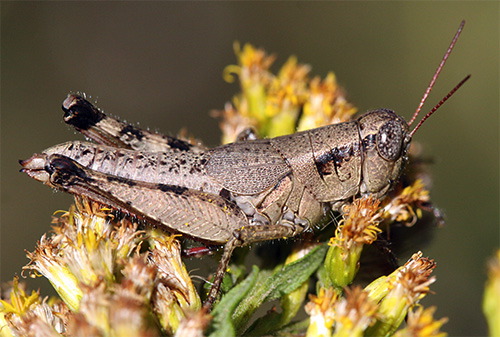
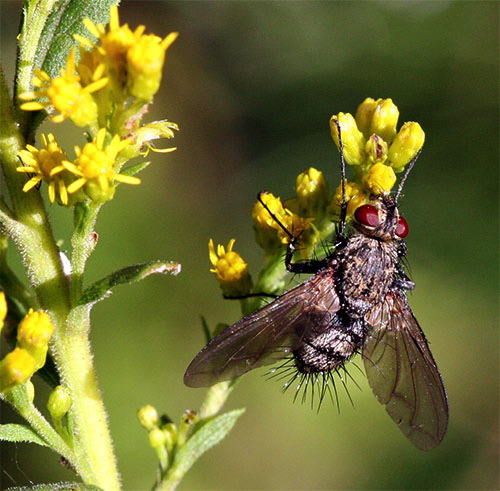
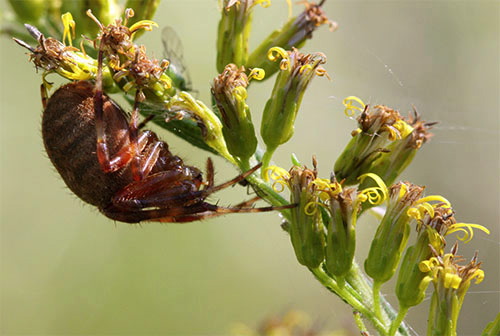

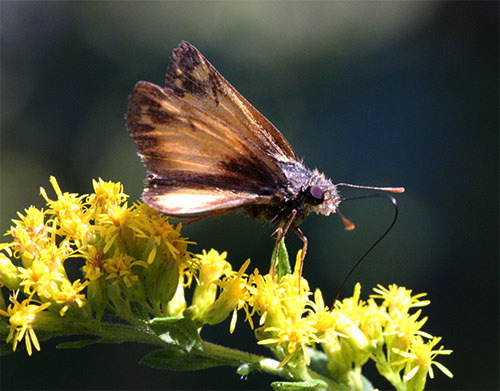
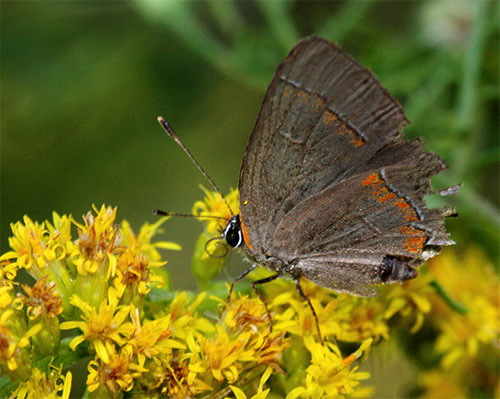

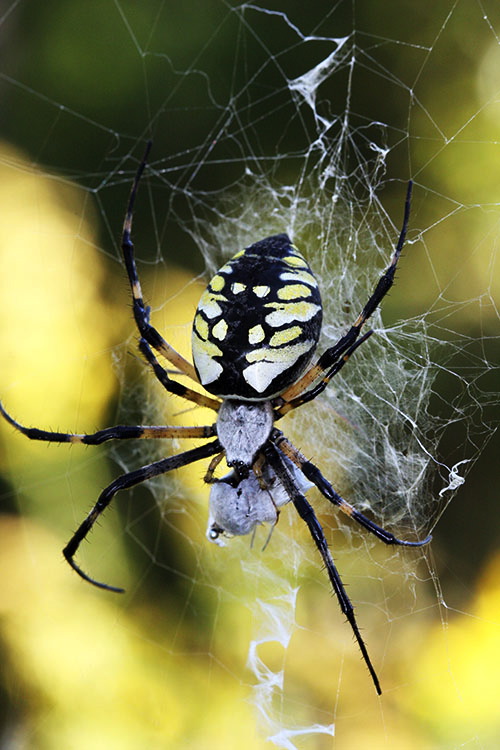




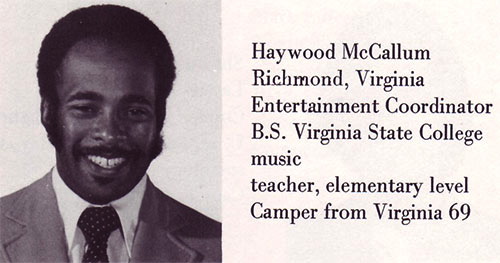
 Oct 15 to Mar 15:
Oct 15 to Mar 15: